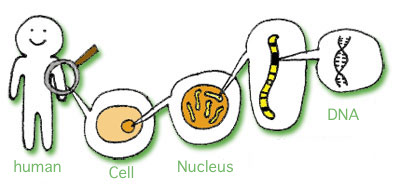Microsoft announced their new Surface Studio this week. It acts as an all-in-one computer, but with a modular screen that can be re-positioned to act as a drawing tablet. The idea of a computer screen that works as a drawing tablet is nothing new. Wacom and other companies have been producing devices like this for years. What’s new about this is the fact that Microsoft has made the screen an integral part of the computing device, rather than a peripheral that can be added later if needed.
By doing this, Microsoft is bringing a novel interactive technique to a wider audience. Starting at $3,000, a fairly wealthy audience, but still, comparable in price to a high-end Wacom tablets + a professional graphic artist computer.


